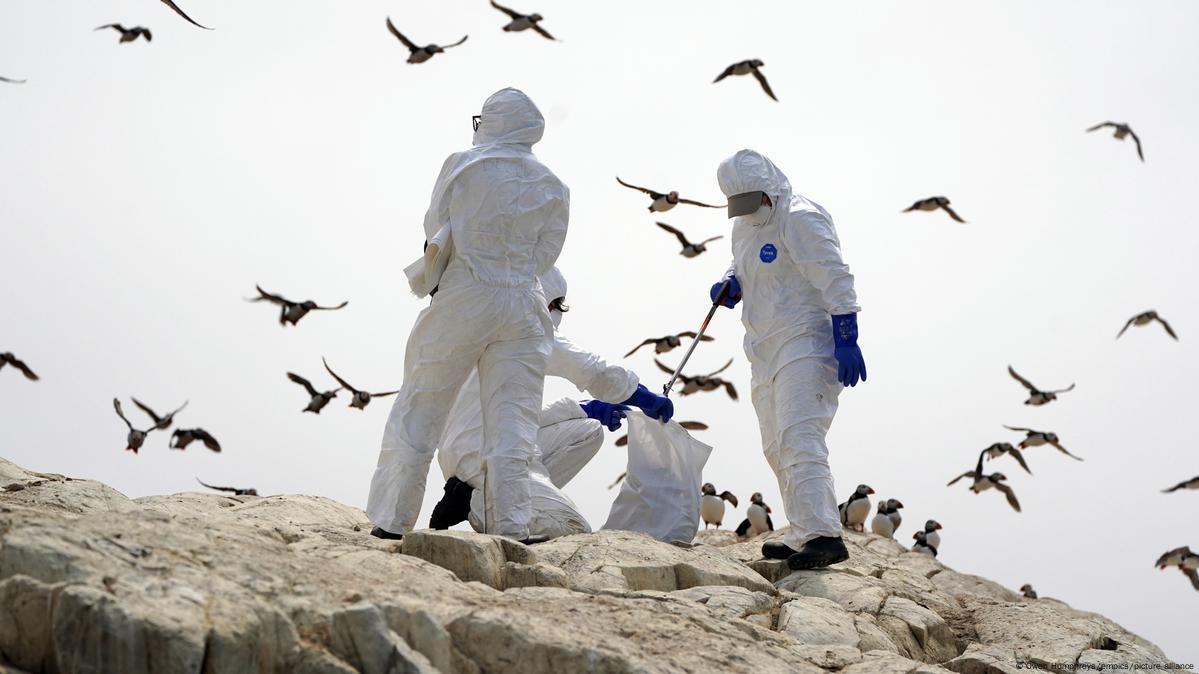What is Bird Flu?
Bird flu, also known as avian influenza, is a disease caused by influenza viruses that normally infect birds and other animals. The highly pathogenic H5N1 strain can infect humans who have close contact with infected poultry or surfaces that are contaminated with secretions and excretions from infected birds.
Causes and Transmission
Bird flu viruses are classified into low-pathogenic and high-pathogenic strains. The highly pathogenic H5N1 strain is of greatest concern for human health. Wild aquatic birds worldwide serve as the natural hosts for avian influenza virus. Domestic poultry becomes infected through contact with contaminated excretions from wild birds.
The H5N1 virus then spreads quickly among poultry through respiratory droplets and contact with infected surfaces. Humans do not transmit the virus to one another easily. However, human-to-human transmission is still possible, especially if the virus mutates to become less species-specific. Close, unprotected contact with live or dead infected domestic or wild birds puts humans at risk.
Symptoms in Humans
Symptoms of bird flu in humans range from mild to severe and can even result in death. Typical signs include fever, cough, sore throat, and muscle aches. Some patients also experienceconjunctivitis, diarrhea, abdominal pain, chest pain, and vomiting. As the infection worsens, it can lead to severe breathing difficulties and respiratory failure. Pneumonia, acute respiratory distress syndrome and multi-organ failure have been observed.
Mortality Rate and At-Risk Groups
The mortality rate of the H5N1 virus is currently about 60% in humans. Elderly people and children are more susceptible to severe disease. Bird Flu weakened immune systems or underlying medical conditions like lung or heart disease also face higher risks. Healthcare workers face occupational hazards when exposed to infected patients or specimens without proper protective equipment and infection control measures.
Public Health Response
When human cases of H5N1 infection are detected, patients are isolated and treated with antiviral drugs. Contacts are monitored for symptoms, and additional cases are investigated. In poultry outbreaks, potential exposures are traced and infected flocks are culled to control the spread. Vaccination programs may be implemented in at-risk areas. Surveillance of wild bird populations aids in monitoring the virus.
Travel advisories are issued to areas experiencing outbreaks. Screening of travelers from affected regions helps identify cases early. Stockpiling of antiviral drugs and development of pandemic vaccines are part of global pandemic preparedness activities coordinated by health agencies worldwide. Continued vigilance, coordinated response, and prevention efforts are crucial to contain bird flu threats.
Potential Pandemic Risks
While human-to-human transmission is currently limited, an influenza pandemic could occur if the H5N1 virus acquires mutations allowing it to spread easily among people. As the virus circulates in poultry and wild birds globally, it has more opportunities to mix with human or other animal influenza viruses through genetic reassortment.
This raises concerns that a circulating avian influenza virus could gain attributes enabling sustained community-level spread between humans—a key milestone on the path toward a pandemic. Younger age groups may have little or no pre-existing immunity, increasing susceptibility to a novel virus. Widespread illness could overwhelm healthcare systems and cause severe societal disruption.
Preventive Measures
The most effective measures center around reducing opportunities for exposure to infected birds. In areas where outbreaks have occurred, public health authorities advise avoiding any contact with live poultry and surfaces exposed to bird droppings. Consumption of undercooked poultry products should also be avoided.
Handling and preparation of raw poultry during cooking should involve separate cutting boards and utensils. Wearing protective gloves and face masks is prudent when visiting live poultry markets or farms. Good hygiene practices like handwashing and avoiding touching the face also help limit potential cross-contamination. Vaccination of commercial flocks aims to disrupt disease transmission at its source.
Heightened Surveillance needed
While the world has avoided a bird flu pandemic so far, ongoing mutations and changes in the virus require constant vigilance. Continual improvements in disease detection, reporting, and rapid response are indispensable to curb outbreaks at their point of origin. Heightened surveillance of bird populations helps track circulation, emergence of novel strains and human exposures before they amplify into larger epidemics.
Only through coordinated global cooperation can we be best prepared for evolving influenza threats and mitigate future risks of pandemic influenza in humans from avian and other zoonotic sources. Timely sharing of data, specimens and public health expertise across nations will aid the rapid assessment and response needed to contain future spillovers with pandemic potential before they take hold. Uniting to understand and address the complex interactions of influenza viruses at the human-animal interface should remain a worldwide public health priority.
Get More Insights On Bird Flu
About Author:
Alice Mutum is a seasoned senior content editor at Coherent Market Insights, leveraging extensive expertise gained from her previous role as a content writer. With seven years in content development, Alice masterfully employs SEO best practices and cutting-edge digital marketing strategies to craft high-ranking, impactful content. As an editor, she meticulously ensures flawless grammar and punctuation, precise data accuracy, and perfect alignment with audience needs in every research report. Alice's dedication to excellence and her strategic approach to content make her an invaluable asset in the world of market insights.
(LinkedIn: www.linkedin.com/in/alice-mutum-3b247b137 )

